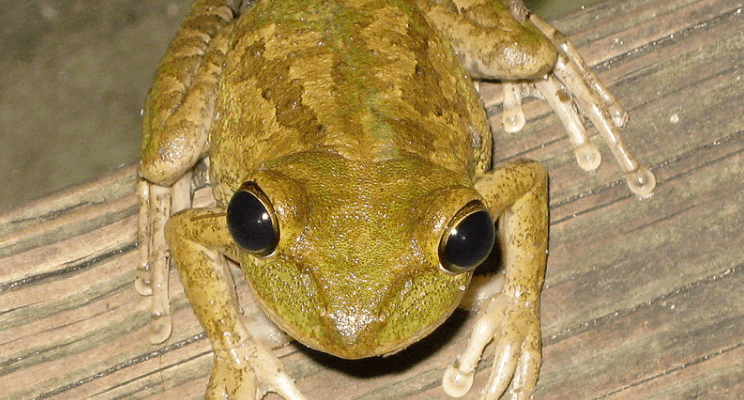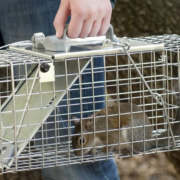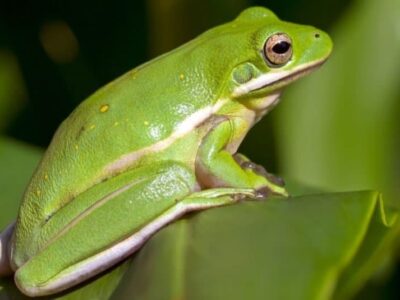Gardens are often placed where pets, amphibians, reptiles, insects, etc., all can roam. The presence of amphibians like frogs and toads is a popular sight in gardens. This is not a problem till they start breeding in terms of exponents. Then it becomes necessary to clean them out from there.
Keeping amphibians aloof is not a simple task. The question is how to get rid of frogs effectively. It needs quite a bit of knowledge regarding what they stay away from. And simultaneously how we can execute them properly.
Food: Plants in gardens and patios attract various types of insects. Toads and frogs are fond of feeding on insects. Sometimes they also feed on pet food.
Safety: Most amphibians are fearful. They spend maximum time under shelters or some “Safety.” Gardens might be providing them with that.
Humidity: Greater humidity has a greater thriving amphibian population.
Five Methods to Get Free from Tree Frogs and Toads
1. Change the Environment
The most secure and easiest way is to change the place. Changing the condition of gardens can repel frogs and toads without much hard work.
Following listed are some of the things one can carry out:
- Prevent Damp Places: Any kind of watery place provides sustaining humidity to frogs. Removing any such areas is recommended.
- Avoid Hanging Areas: These amphibians prefer staying under covers. This consists of planks of wood, a stack of rubbish, big furniture, utensils, carriers, pet houses, dust piles, stones, etc.
- Keep the Yard Clean: Grasses leave also provide shade places to frogs.
- Use Ground Coffee Powder, Saltwater, Vinegar on The Trees:Frogs hate coffee powder, salt, or vinegar. These things make the places repellent for frogs.
- Use Animal Distractions:Bigger animals, fake snakes can also be effective in keeping them off.
2. Reduce the Food Sources
There are seldom places on Earth that are favorable for amphibians. These are places where insects breed.
There are ways to reduce these food resources. Follow the following steps:
- Get rid of the lights. Lights from bulbs, candles, or even fire attract insects, in return that attract frogs. Prevent anything that spreads light in the night.
- Use insecticides or pesticides.These will clean the plants, grasses and trees from insects and pests. Frogs will not get food there. Hence, they will go away in search of food somewhere else.
- Do not leave pet food out. Frogs also feed on pet foods sometimes. Keep this away from their reach.
With decreasing options to eat, they will mostly have to go off. But this is a very slow process. It can take a few months to years. There is more to do to accelerate.
3. Block the Area
Repelling the toads and frogs from the place as the choice is supposedly a wonderful idea. Nothing works better than a garden fence for that.
The fence must be impenetrable. The frogs can jump very high. If necessary, toads can dig through shallow things and go through.
4. Take Them Out by Hand
Removing them manually can be the most laborious yet the most efficient way to get the frogs out of the area.
Following are some advice while taking the frogs and toads out of the garden:
- Set Traps: Few modifications with the traps used to trap birds can also be used to trap frogs and toads. After that, please place them in a moist container.
- Look for Them and Hand Them Out: Simple yet effective, one can always have a scoop, a few gloves, and more than a couple of hours of your time to hunt for the frogs and toads one after another to hunt them out. After that, please keep them in a utensil.
- Pay People to Remove Them: It is always in play that someone will do the work on your behalf. Just they must be paid. This consists of people who are experts of amphibians and aim to have them around.
- Try to Remove the Amphibians by Night: No matter what way is executed, it must take place at night. Because that is the time they are most active.
- They Go to Sleep with A Cold: Keep the creatures in the refrigerator. They will sleep off. Displace them while they are cold. Take them far. Killing is unnecessary.
5. Prevent Reproduction
If the desire to keep the amphibian away from home for a longer period, nothing is going to work like the prohibition of their reproductive phases in the primary position.
Altering the environment, as it has been mentioned before, is the best method to do so. However, there are many other essential tips one can follow:
- Take Tadpoles Away: If there is a pond or something equivalent, the amphibians might have utilized it to hatch their young ones. In that situation, one can anyway displace the tadpoles securely and displace them anywhere else.
- Get Rid of Eggs: If there are no tadpoles yet, but a group of small shining balls. Then this means that the frogs are laying their eggs. These eggs will be way easier to displace. Make sure to carry them to some other safe place, where they can germinate.
Conclusion
It can be hoped that the above-mentioned ways to remove Frogs and toads from the backyard can prove to be successful for you.
Keeping those tiny, shining, slimy, and annoying creatures can be a tedious job. Following the above-mentioned methods can make the task systematic and a lot easier.
Use the suggestions mentioned in the article above and start getting free from toads and frogs!










Comments